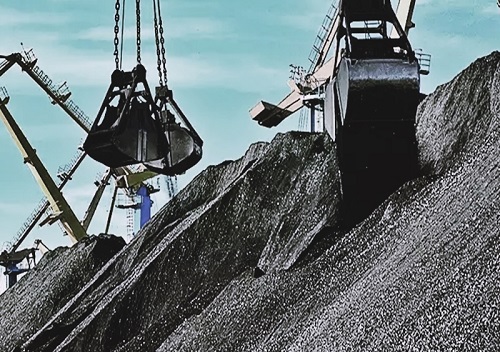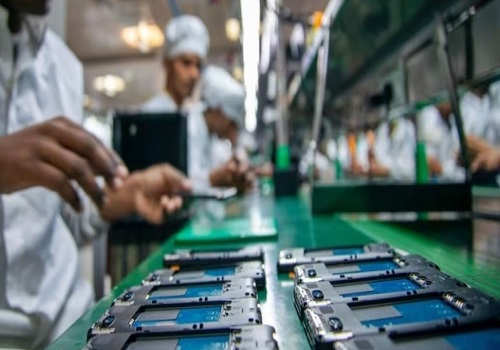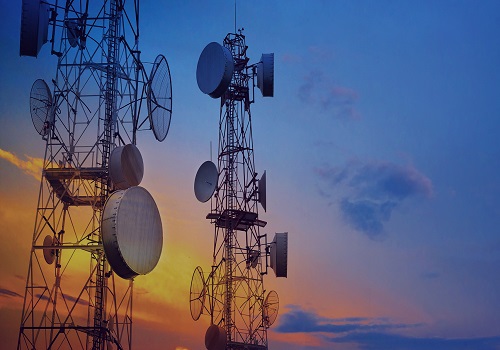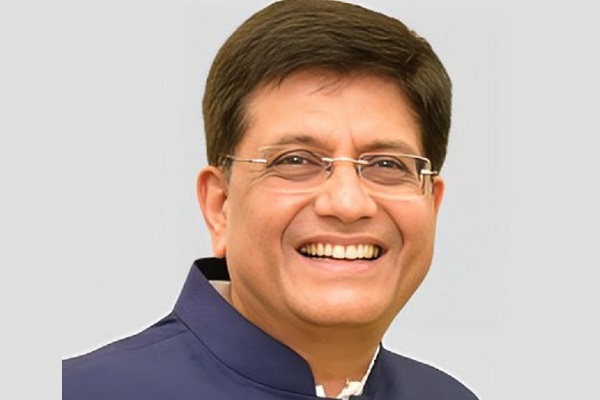Textile - Lower Currency Competitiveness To Be Offset By Higher Long Term Reliability By JM Financial
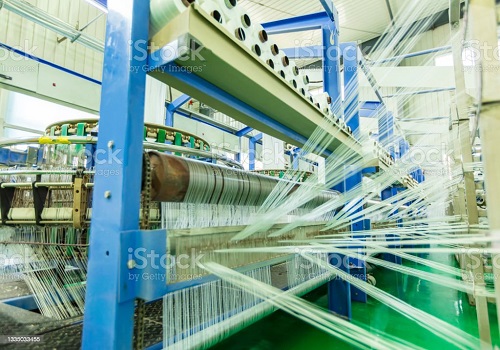
* Higher inflation adversely impacts volumes: Global cotton sheet export volumes to the US decreased MoM by 21.1% (-18.6% YoY) to 65mn sq mtrs in Jun’22. Terry towel volumes decreased MoM by 33.3% (-25.7% YoY) to 21mn sq. mtrs. In Jun’22, India’s volume share in Cotton sheet / Terry towel exports to the US stood at 38% (+2.7ppt MoM; - 7.1ppt YoY) / 36% (+2.8ppt MoM; -2.3ppt YoY) respectively.
* India’s share in US imports of cotton sheets stood at 54% in Jun’22: India’s cotton sheet export volumes to the US decreased by 14.9% MoM (-31.6% YoY) in Jun’22 to 24mn sq mtrs. Export value decreased by 20.8% MoM (-26.8% YoY) to USD56mn in Jun’22. India’s market share (in value terms) stood at 54% in Jun’22 (flat MoM; -7.3ppt YoY).
* India’s share in US imports of terry towels stood at 41% in Jun’22: India’s export volume of terry towels decreased by 27.7% MoM (-25.7% YoY) to 7mn sq. mtrs in Jun’22. Exports in value terms decreased by 37.2% MoM (+24.7% YoY) to USD49mn. India’s market share (in value terms) stood at 41% in Jun’22 (+1.5ppt MoM and -1.8ppt YoY). China’s market share (in value terms) decreased 6.6ppt YoY and 5.2ppt MoM to 14% in Jun’22.
* India’s total home textile exports to the US at USD222mn in Jun’22: India’s home textile exports to the US (sum of all products) decreased 24.2% MoM (-14.4% YoY) to USD222mn in Jun’22. India’s markets share (in value terms) for Jun’22 stood at 37%, down 2.3ppt MoM (-1ppt YoY).
* Cotton surplus expected for India in 2022-23: The USDA projects 2022-23 global cotton production to increase 2.7% YoY to 26.1mn tons while global consumption is estimated to decline 1.4% to 26.1mn tons. For China, cotton production is expected to increase by 1.8% YoY to 6.0mn tons while consumption is expected to decline 1.3 % to 8.2mn tons. This should lead to a 2.2mn tons deficit. For India, production is estimated to increase by 12.2% YoY to 6.0mn tons while consumption is expected to decline 2% to 5.4mn tons, leading to a surplus of 0.5mn tons vs deficit of 0.2mn tons in CY21.
* Cotton prices continue to remain at high levels: Cotton prices have increased substantially over CY21 and CYTD22. This is likely to impact margins of textile players. Cotton prices have increased 77.2% YoY and 4.9% MoM in Aug’22. Yarn prices have increased 11.3% YoY but declined 5.4% MoM in Aug’22
* Global retailers continue to reduce inventory backlog: Global retailers continued their inventory correction efforts during the quarter. Walmart witnessed pressure on apparels on account of rising cost for essential goods. The company took corrective measures for rightsizing of inventory during the quarter and expects inventory position to improve in time for the festive season. Target too undertook several measures to correct its inventory position and delivered on the inventory rightsizing goals. The company expects an uncluttered shopping experience, compelling value across every category, and fresh assortment to serve our guests in the second half of the year.
* Management commentary from Indian companies post 1QFY23 results: Welspun India mgmt. mentioned revenues during the quarter were impacted due to tough macroeconomic environment characterised by unprecedented high input costs, rising inflation, and subdued consumer sentiments. Consumption of higher cost inventory in 2QFY23, is expected to keep margins under pressure however margin pressure shall likely ease post 1HFY23 as cotton prices are expected to decline given Dec’22 futures trade at significant discount to spot cotton prices. Gokaldas exports management expects near term uncertainties on account of inflation and recessionary sentiments. However, the company has witnessed 2HFY23 order book (still in progress) attracting reasonable traction aided by falling raw material prices.
* Lower currency competitiveness to be offset by higher long term reliability: Depreciation of Bangladesh Takka and Pakistani Rupee at 11%/21% YTD has been much higher than depreciation of Indian Rupee at 7% YTD. Higher depreciation optically places Bangladesh and Pakistan in a better position. However, recent news articles suggest local exporters from Bangladesh have not been able to cash in on the steep fall of the currency because of a surge in import costs of raw materials, unprecedented hike in shipping charges and runaway inflation. Pakistan fared relatively better as its reliance on cotton imports is lower on account of domestic cotton production. However, cotton shortage remains a key concern for the country as cotton production has declined substantially over the last decade, due to fall in cultivation area followed by lower yield resulting from water shortage and inconsistent rainfall. Further, economic crisis and currency collapse in Sri Lanka is likely to impact garment exports, resulting in orders moving away from Sri Lanka. Reliability of Bangladesh (sought IMF support amid volatile energy prices), Sri Lanka (economic crisis) and Pakistan (24.9% inflation in July’22) to fulfill global demand over the long-term has been rendered circumspect. This shall benefit India over the long term given a) raw material security b) GOI’s focus on developing the textile ecosystem c) likelihood of market size increase via FTAs with UK/EU over time d) market share gains as world looks for an alternate production base other than China.
To Read Complete Report & Disclaimer Click Here
Please refer disclaimer at https://www.jmfl.com/disclaimer
Above views are of the author and not of the website kindly read disclaimer
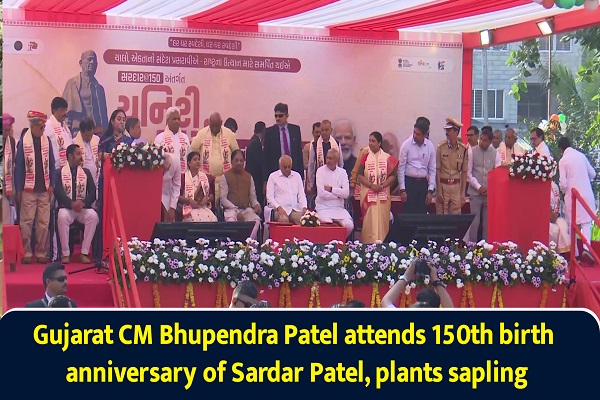







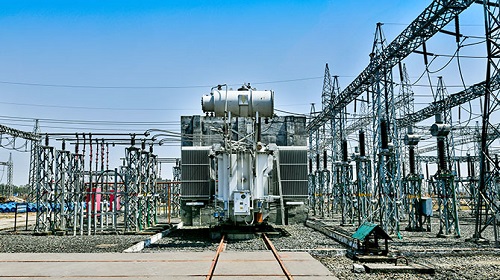
Tag News
More News
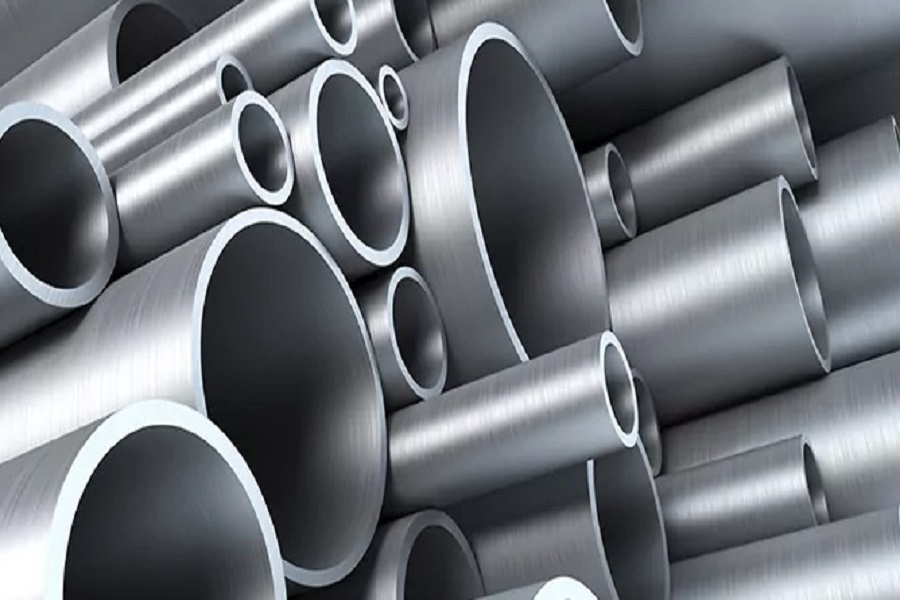
Metals and Mining Sector Update : 2QFY26 preview: Price weakness to drag down earnings by JM...
